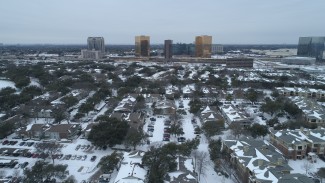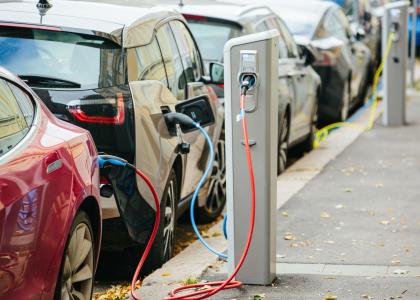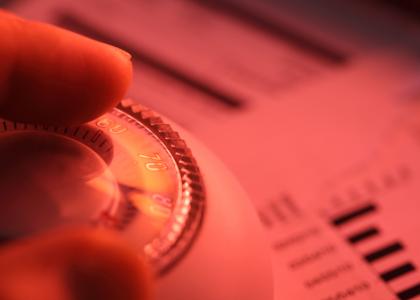Many U.S. households will pay significantly more for home heating costs—sometimes hundreds of dollars more—this winter. The burden falls disproportionately to low-income and Black, Hispanic, and Native American households, which pay a much larger share of their income on energy bills. Amid the rising costs, policymakers, regulators, and utilities have opportunities to lessen the impact through energy-saving efficiency measures.
The U.S. Energy Information Administration forecasts average household spending on electricity will increase 10% this winter—with residential gas spending up 28%—largely due to increased global gas prices, and to a lesser extent increased heating needs (caused by weather like the Arctic blast bringing the coldest Christmas in decades to millions of Americans). Some regions are seeing even larger price hikes. In Massachusetts, average monthly electric bills are projected to increase 64%, and across New York State, electric bills are estimated to increase about 30% this winter.
Utilities and states can help reduce bills with efficiency improvements
In homes where energy is wasted due to drafty doors or windows, poor insulation, or inefficient appliances and equipment, efficiency measures can reduce energy use and lower monthly bills. To lessen energy burdens, state legislatures and utility commissions meeting in the new year can direct utilities and state agencies to expand efficiency efforts this winter and in the longer term.
Comprehensive utility efficiency programs can help. For example, the Winter Customer Savings Initiative from National Grid in Massachusetts provides home energy assessments, no-cost air-sealing, incentives paying for 75% to 100% of insulation costs, and $2,750 rebates for qualifying energy-efficient heating, cooling, and water-heating equipment. For costs not covered by the rebates, 0% interest loans are available. National Grid estimates that the average value of home weatherization is more than $4,000 per customer.
Some efficiency programs launched special initiatives at the start of the COVID-19 pandemic, with expanded incentives and improved technical assistance. Efficiency Vermont, for instance, sought to address the economic impacts of the pandemic, redesigning its efficiency programs over three months in 2020. The revamped program focuses on alleviating burdens on low-income customers, small businesses, and nonprofit organizations. Efficiency Vermont provides energy-burdened households vouchers for free energy-efficient appliances such as refrigerators, freezers, and clothes washers, and expanded weatherization. This year, Efficiency Vermont launched a pilot program that installs cold-climate heat pumps at no cost to qualified low-income households whose primary heat source is fossil fuel based.
Utilities can pair their efficiency programs with the Weatherization Assistance Program, which serves low-income households and received additional funding from the bipartisan infrastructure law. Households participating in the Weatherization Assistance Program save an average of $372 annually. For middle-income homeowners, utility offerings can also be combined with tax incentives from the Inflation Reduction Act starting in January. Later in the year, the Inflation Reduction Act will provide federal rebates of up to $14,000, with rebate tiers based on income. The tax credits and rebates will cover measures such as insulation and air-sealing, electric upgrades, and installing heat pumps, heat pump water heaters, and efficient stoves. Though the rebate programs are expected to launch around the fall of 2023, states should develop plans to administer their programs now so they are ready to tap Inflation Reduction Act funding for energy efficiency as soon as it is available.
Reducing strain on the power grid
In addition to lowering winter heating costs, efficiency increases electric grid reliability. The Electric Reliability Council of Texas found the state is still vulnerable to extreme winter weather that could force rolling blackouts this winter. This is after last summer’s electricity bill increases of 50% in Texas.
An ACEEE report published after winter storm Uri in 2021 found that measures to mitigate wintertime spikes in electricity use—such as weatherization and replacing electric resistance heating with heat pumps—can help reduce these energy use and price hikes while lessening the need to build costly new power plants.
Fixes with long-term impacts
Though some energy efficiency efforts don't provide relief immediately—it may take time to choose and install a heat pump, for example—energy upgrades can cut utility bills for the long term. In coming winters, we should be able to look back and see how our energy efficiency efforts from today paid off—not that we failed to make the effort and continued to pay the price with painful bills.




